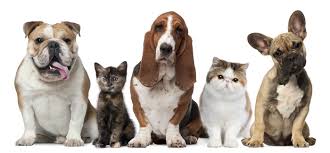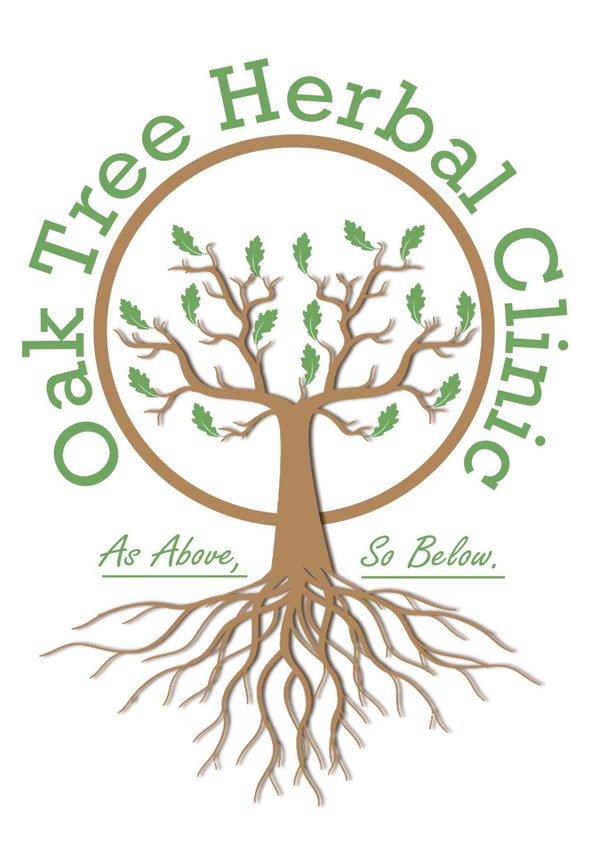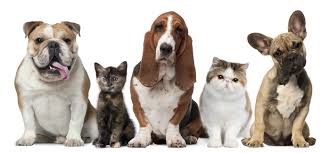Oak Tree Herbal Clinic
Hyperthyroidism - Pet Botanicals
Hyperthyroidism - Pet Botanicals
Couldn't load pickup availability
Hyperthyroidism is a condition where the thyroid gland produces excessive amounts of thyroid hormones, and while certain herbs may offer support, they should not replace conventional medical treatments prescribed by a veterinarian.
Herbs: Bugleweed (Lycopus virginicus) and Lemon Balm (Melissa officinalis) are herbs that are sometimes considered in the management of hyperthyroidism in pets. Bugleweed has been traditionally used for its potential to reduce thyroid hormone production, while Lemon Balm is known for its calming effects. In consultation with a veterinarian, these herbs may be included in a carefully formulated treatment plan to address symptoms associated with hyperthyroidism.
Nutritional Support: Providing a nutritionally balanced diet is essential for pets with hyperthyroidism. Certain nutrients, such as omega-3 fatty acids found in fish oil, may have anti-inflammatory effects and support overall thyroid health. Additionally, incorporating herbs like turmeric, known for its anti-inflammatory and antioxidant properties, may contribute to managing inflammation associated with hyperthyroidism.
Lifestyle and Stress Management: Stress can exacerbate symptoms of hyperthyroidism, and incorporating stress-reducing measures into a pet's lifestyle may be beneficial. Creating a calm and comfortable environment, providing enriching activities, and considering the use of adaptogenic herbs like ashwagandha may help manage stress levels.
Herbal and natural treatments for hyperthyroidism in pets can be considered as part of a holistic approach, but it's crucial to approach such interventions under the supervision and guidance of a qualified veterinarian.
Recommended dosages
Dogs
0.5 kg – 4.5kg = 1-3 drops 2-3 x day
4.5kg – 10 kg = 3-5 drops 2-3 x day
10kg – 22kg = 5-10 drops 2-3x day
50kg onwards = 10 – 20 drops 2-3 x day
Start slow and slowly build up eg. 3 drops for first week, then increase second week to full dose. Remain on the dosage for a few weeks, then decrease slowly. If symptoms return start again.
Cats
5 drops 2 x day with a strong-smelling food (to disguise) otherwise if you cat is brave you can place the drops inside their mouth. Start slow and slowly build up eg. 3 drops for first week, then increase second week to full dose. Remain on the dosage for a few weeks, then decrease slowly. If symptoms return start again.
May contain trace amounts of alcohol. If you want to take the alcohol out of your tincture, then take lid off bottle, simmer slowly till water starts to bubble (only slightly bubbling) remover, then your done. This will help to evaporate the alcohol from your tincture.
Disclaimer
This website is for educational purposes only. The information provided here is not a substitute for professional advice, diagnosis, or treatment. Always consult with a qualified veterinarian or healthcare professional for specific concerns or issues related to your pet's health.
While natural therapies can be valuable in supporting your pet's health, it's crucial to emphasize that consulting with a qualified veterinarian may also be essential. When incorporating natural therapies alongside conventional medicine for your pets, it's crucial to exercise caution and be aware of potential contraindications. Certain herbs or supplements may interact with prescribed medications, affecting their efficacy or causing unintended side effects, underscoring their importance. Consulting with a veterinarian experienced in integrative approaches will help to ensure the well-being of your furry companions.


